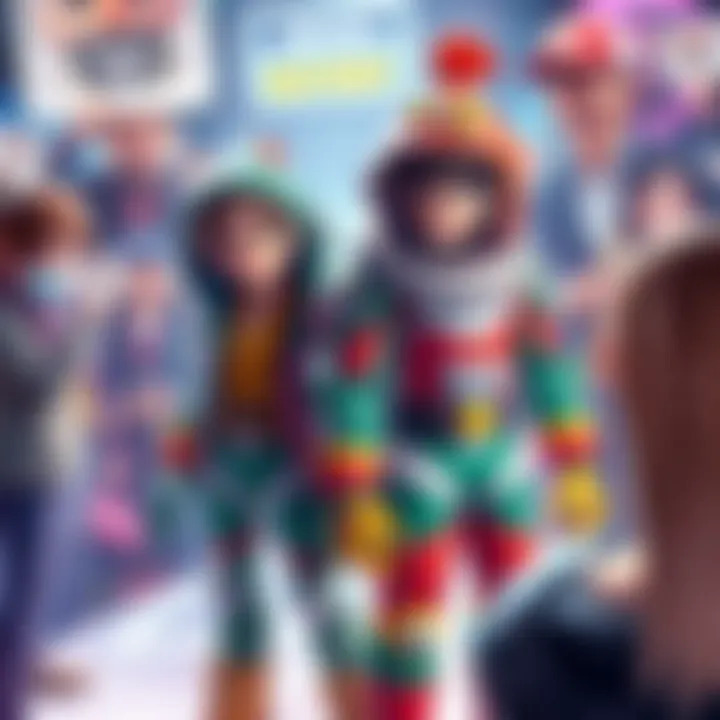TikTok Debate Sparks Over Fan Art of Johnny and Gyro | Users Clash Over Aesthetic Choices
By
Chen Wu
Edited By
Carlos Mendoza

In a recent post on TikTok, one artist faced backlash after sharing their unique outfit design for characters Johnny and Gyro from the popular series. The controversy ignited mixed reactions, some praising the art while others criticized it, causing a heated discussion among fans.
Background of the Controversy
The artist created a design combining Korean and Japanese aesthetics for Johnny and Gyro, aiming to offer a fresh take on the characters. While the art received positive feedback, it also faced criticism from a segment of the TikTok community.
"Why did TikTok crucify you for this?" one user questioned, illustrating the perplexity among viewers regarding the harsh reactions. Another added, "The Tusk Act 4 accents on Johnny's shorts are great."
Opinions on the Art Design
Several commenters expressed strong opinions:
One stated, "He got better," suggesting the artist's previous work was more favored.
However, a supportive comment noted, "I really like this! It's great! Well done pal!" emphasizing the mixed sentiment across platforms.
Interestingly, some commenters defended the aesthetic choices:
"The TikTok crucifiers are morons!"
This highlights a division within the community, where some feel passionate about the art form while others are more critical.
Key Takeaways
✏️ Diverse opinions dominate, with supporters praising the art's unique style.
🙁 Criticism stems from traditionalists who prefer established designs.
💬 "The Tusk Act 4 accents… are great" - Supportive assessments boost artist morale.
The responses from users illustrate the ongoing tension in the fandom about adapting and innovating beloved characters. While some fans embrace change, others stand firm in their attachment to the original aesthetics. Can creators find a balance that satisfies all sides?
Predicting the Path Ahead
As the debate over the outfit design for Johnny and Gyro continues, there’s a strong chance that the artist will engage more with their critics. By sharing insights on their design choices and the inspirations behind them, they could bridge the gap between traditionalists and supporters, potentially garnering a more balanced reception. Experts estimate around a 60% probability that this engagement could foster a more open dialogue in the fandom, allowing for innovation without completely alienating those who cherish the original aesthetics. Additionally, if the artist collaborates with respected figures in the community, it might boost acceptance levels further.
A Lesson from the Past
This situation echoes the evolution of classic cartoon designs in the early 2000s, when iconic figures like SpongeBob faced reimagining. Initially met with resistance, transformed designs gradually found their place, ultimately inspiring a new generation while honoring the roots. Just as cartoons adapted to retain audience interest, today’s anime and manga fandoms may need to embrace new aesthetics, allowing for a richer and broader appreciation of beloved characters, all while maintaining their essence.
